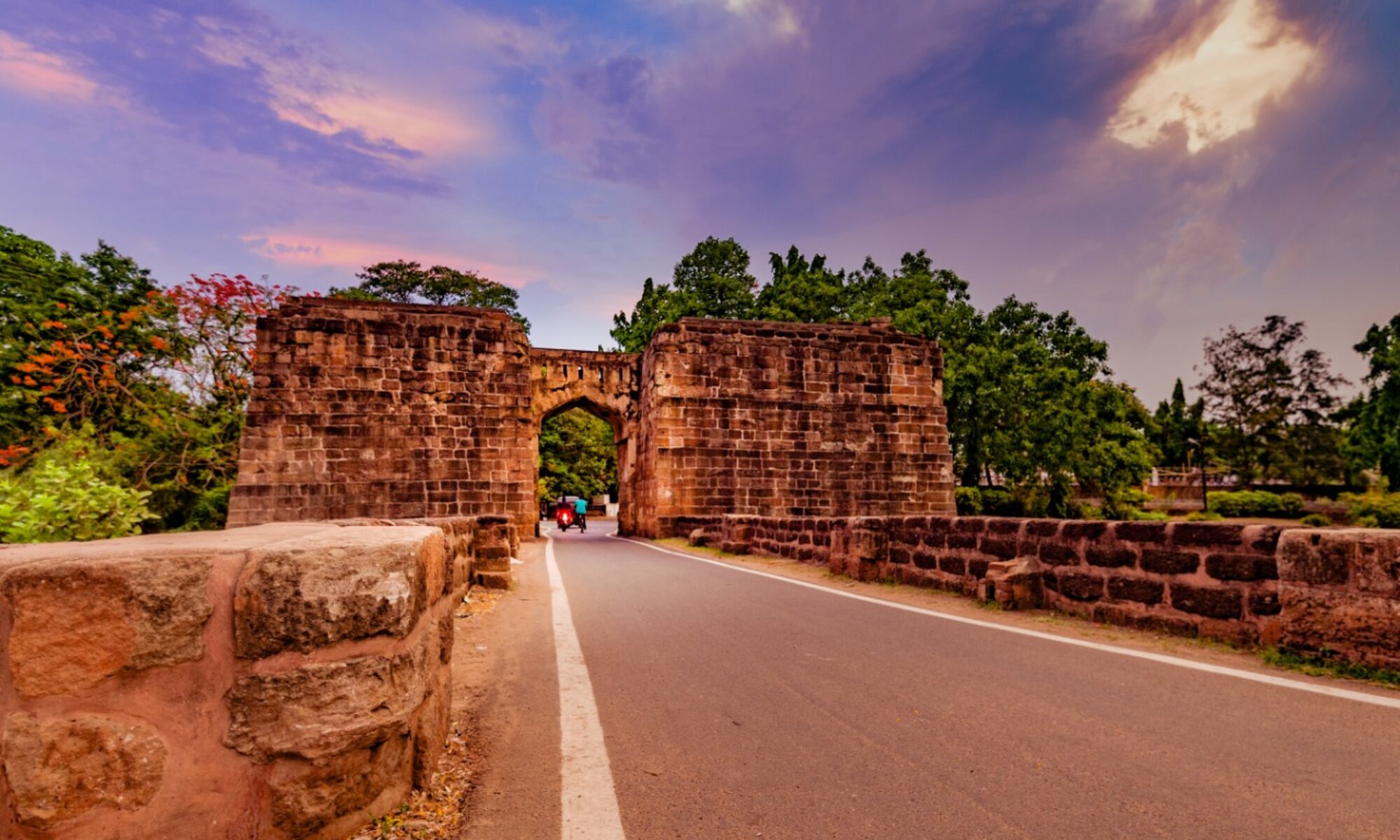Barabati Fort , Katak or Cuttack , Odisha
A moment of pride for me & people who are from this place.

Cuttack preserves hoard of archaeological remains, one of the important monument of Cuttack town is Barabati fort, which speaks a history of seven hundred years and more is the mute witness of march of events through the centuries. Scholars give different opinions regarding the date of construction of Barbati fort. Madalapanji, the Jagannatha temple chronicle narrate an interesting story which is as follows.
This king Bhima Parichha or Anangabhima II was residing in his capital called Chaudwar. One day the king crossed the Mahanadi and came towards southern side. Here he noticed in the Barabati village belonging to the Ko-danda sub-division that near the god Visweswar Deva, a heron had jumped upon a hawk. Seeing this the king was very much surprised and on an auspicious day laid the foundation of construction of the fort and this village was named Barabati Cuttack. And since then he left Choudwar and lived at Cuttack making it his capital.
In the opinion of Jagabandhu Singh, Anangabhima Deva II ruled for 27 years (1183-1210 A.D.) and in the 12th year of his reign Barabati was constructed.
This fort was constructed by Anangabhima Deva (1189-1223 A.D.) in the 13th year of his reign i.e., in 1202 A.D. The newly discovered Nagari cooper plate issued by Anangabhima Deva donated land from Varanasi Kataka. On the basis of this evidence K.C. Panigrahi concludes that Barabati fort was constructed sometimes after 1223 A.D. Thus the fort was built after 1229 A.D.10 and before 1238 A.D. Barabatifort, witnessed the fortunes and the fall of the long line of Ganga and Suryavamsi rules. During the rule of the Muslims and the Marathas it continued to be the capital of Orissa. The British army took possession of Barabati fort on October 1803. Barabati fort which for centuries was the residence of ruling dynasties became the occupation of the British the prison for confinement of several illustrious rules of the land. In 1800 the Raja of Kujanga, in 1818 the Raja of Surgaja with his family members kept under strict confinement to this fort. In addition vandalism to destroy the fort was intensified in the early phase of British rule.

Excavation by Archaeological survey of India on December 1st 1989 revealed evidence of a palace, a square structure built up of Khondolite stone. It was built over an area which was carefully prepared by filling of 5 meter with sand and Malba. Trenches taken on the eastern side of the structure revealed 32 pillars built of literate blocks roughly square but varying in size. In the north eastern corner of the mound remains of temple has been founded. Excavation on the eastern and southern side of the mound reveled the existence of a citadel wall built of laterite blocks.
Reference from – OHRJ, Vol. XLVII, No. 2 , Utkal University
April 18th , 2016






